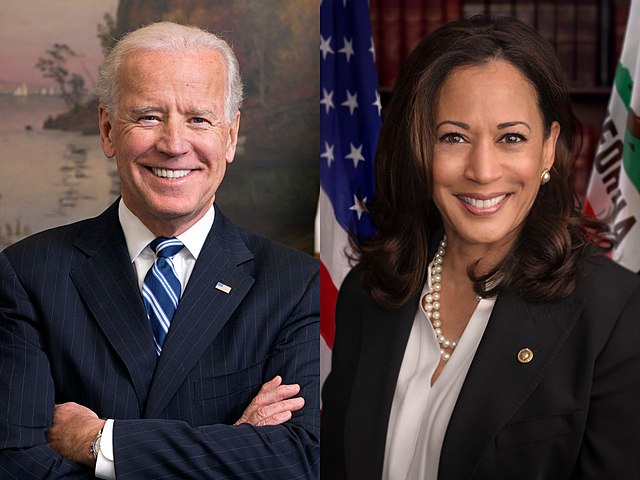
By Sherri Kolade, Michigan Chronicle, Word in Black
With the expansion of the child tax credit, reducing the cost of child care, leveraging federal procurement to better assist Black-owned businesses and other initiatives, the Biden-Harris Administration is expanding financial chances for Black people. What does that actually mean in real life?
Almost 40 million Americans live in poverty, according to the U.S. Department of Health and Human Services. The United States’ poverty rate was 10.5 percent in 2019, the lowest level since 1959, according to data from the U.S. Census Bureau. Without a doubt, COVID-19 has affected those figures. According to the poverty rate, from 1959 to 2019, Blacks and Hispanics have higher rates of poverty than other racial groups.
Locally, a 2022 U.S Census study revealed that 14.1 percent of Michigan residents live in poverty; in Wayne County, 21.7 percent of residents live in poverty.
There are still racial imbalances in the US, which makes it difficult for Black individuals to achieve. Yet, a recent report lists the states with the highest levels of racial inequality.
“Current trends show that a wide financial gulf continues to divide racial groups in the U.S., with Hispanic and Black Americans still at the bottom of the economic ladder,” according to WalletHub, a financial website.
The Biden-Harris administration sincerely hopes to address these and more problems with inequity through an executive order worked on at the beginning of President Joe Biden’s tenure.
Through Executive Order 13985, officially titled Advancing Racial Equity and Support for Underserved Communities Through the Federal Government, the first executive order signed by Biden (on January 20, 2021) addresses inequitable policies and institutions head on that “too often deny equal opportunity to individuals and communities.”
Since its one-year mark the Biden-Harris administration has:
- Brought child poverty to its lowest level on record in 2021 – with record low Black and Hispanic child poverty, through the expansion of the Child Tax Credit.
- Made Emergency Rental Assistance payments to over 4 million renters, 80 percent of whom make below 30 percent of the area median income.
- Brought clean drinking water to 10 million American households that still face lead pipe exposure.
- Closed the digital divide by connecting 30 million Americans who live in areas where there is no broadband or high-speed internet.
Local resident Margaret Brown (retired executive director at Fair Housing Center of Metropolitan Detroit) told the Michigan Chronicle previously that affordable housing in Detroit is a problem and from her very familiar view, there needs to be more opportunities for Blacks, Latinos, other minorities and those who are differently abled. Housing programs should also not be “piecemealed anymore” in the city.
Since Biden’s initial executive order, the Administration has made significant strides toward advancing equity throughout the federal government, including by announcing the release of a second executive order in February 2023 that strengthens the government’s capacity to provide opportunities for communities and populations that have historically been underserved. The administration is also working to create an America in which everyone can participate, prosper and realize their full potential, according to a White House fact sheet.
By making significant investments to support underserved areas and reduce racial disparities across the country, particularly in health, education and economic opportunity, the president’s budget builds on that progress.
From addressing inequity in the health care system (the United States has the highest maternal mortality rate among developed nations disproportionately impacting Black and American Indian and Alaska Native women) with a $471 million budget, to supporting survivors of domestic violence and other forms of gender-based violence – the equity plan is building on momentum to address needs most felt by the BIPOC community and beyond.
___
This post was originally published on Michigan Chronicle


